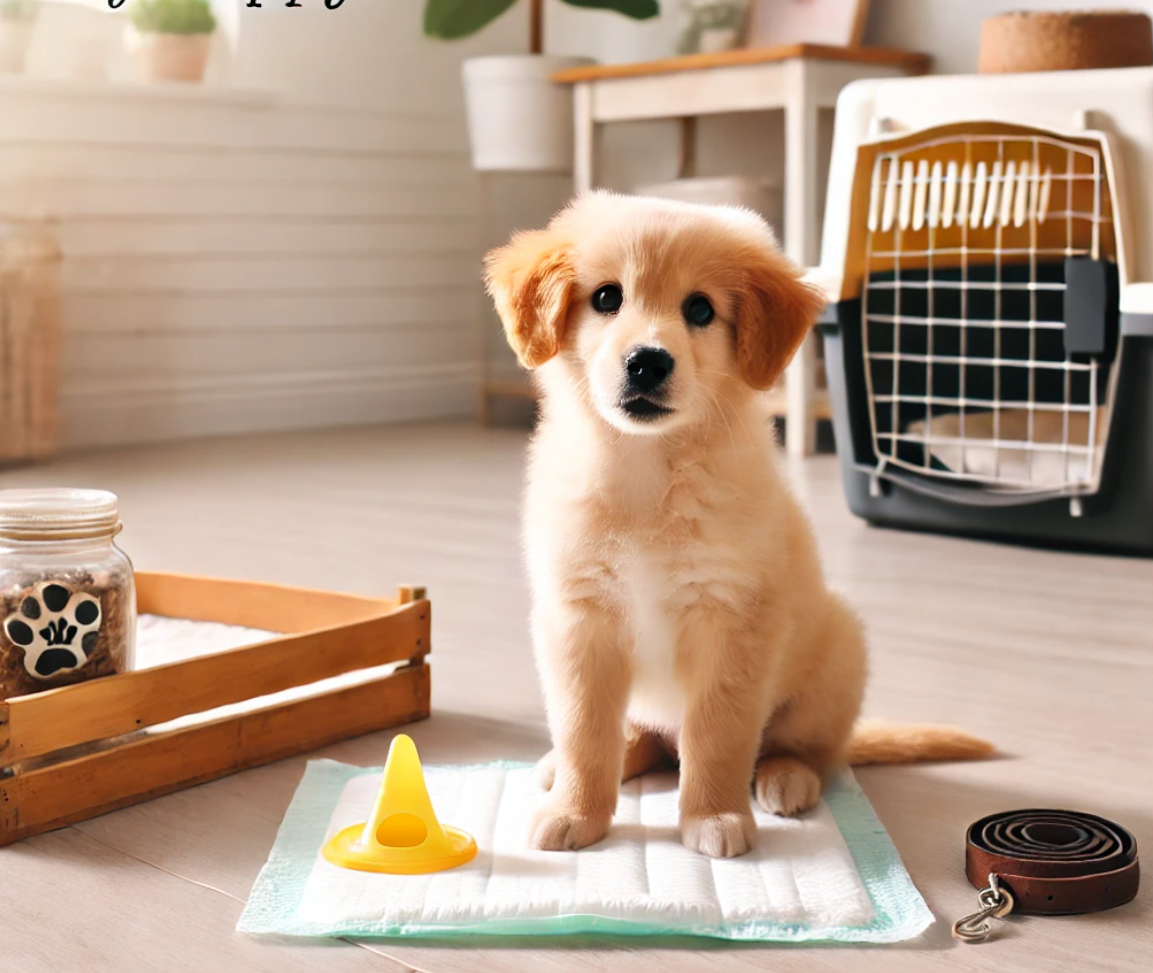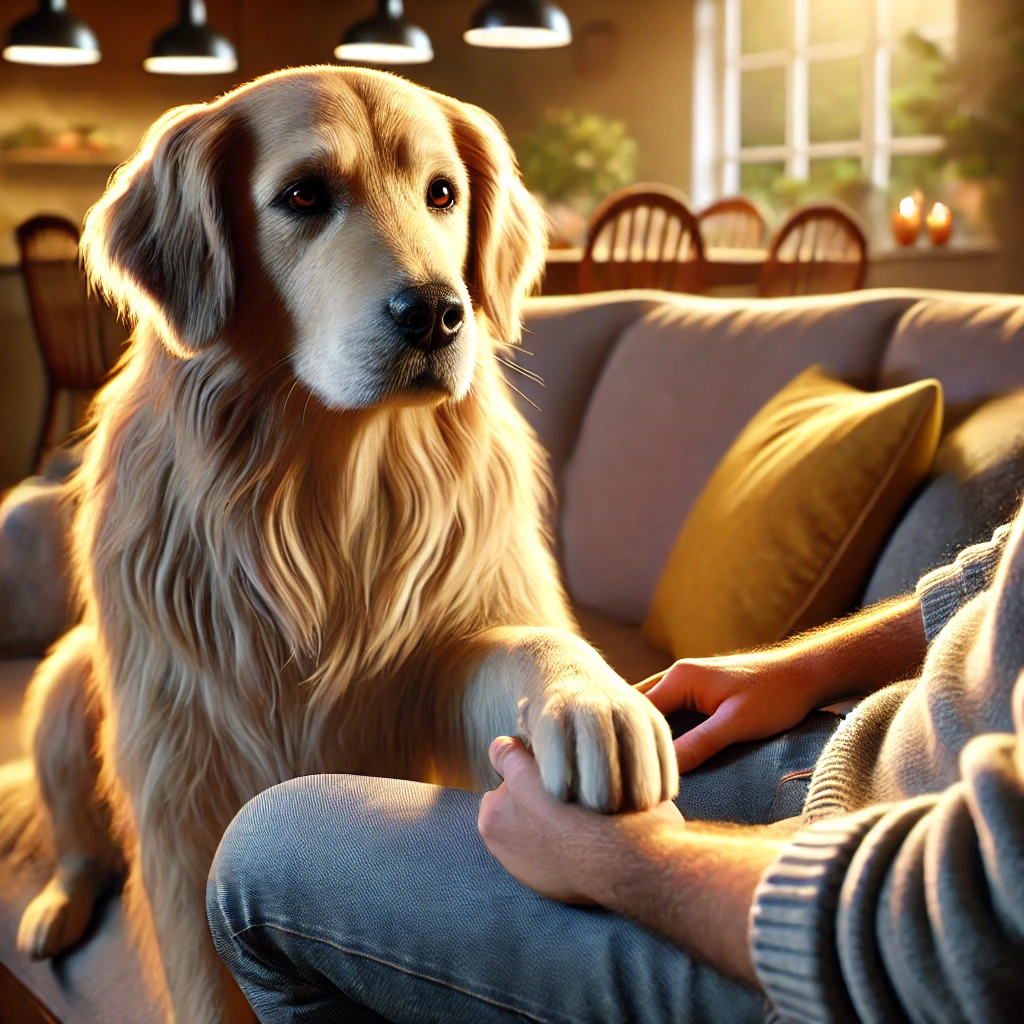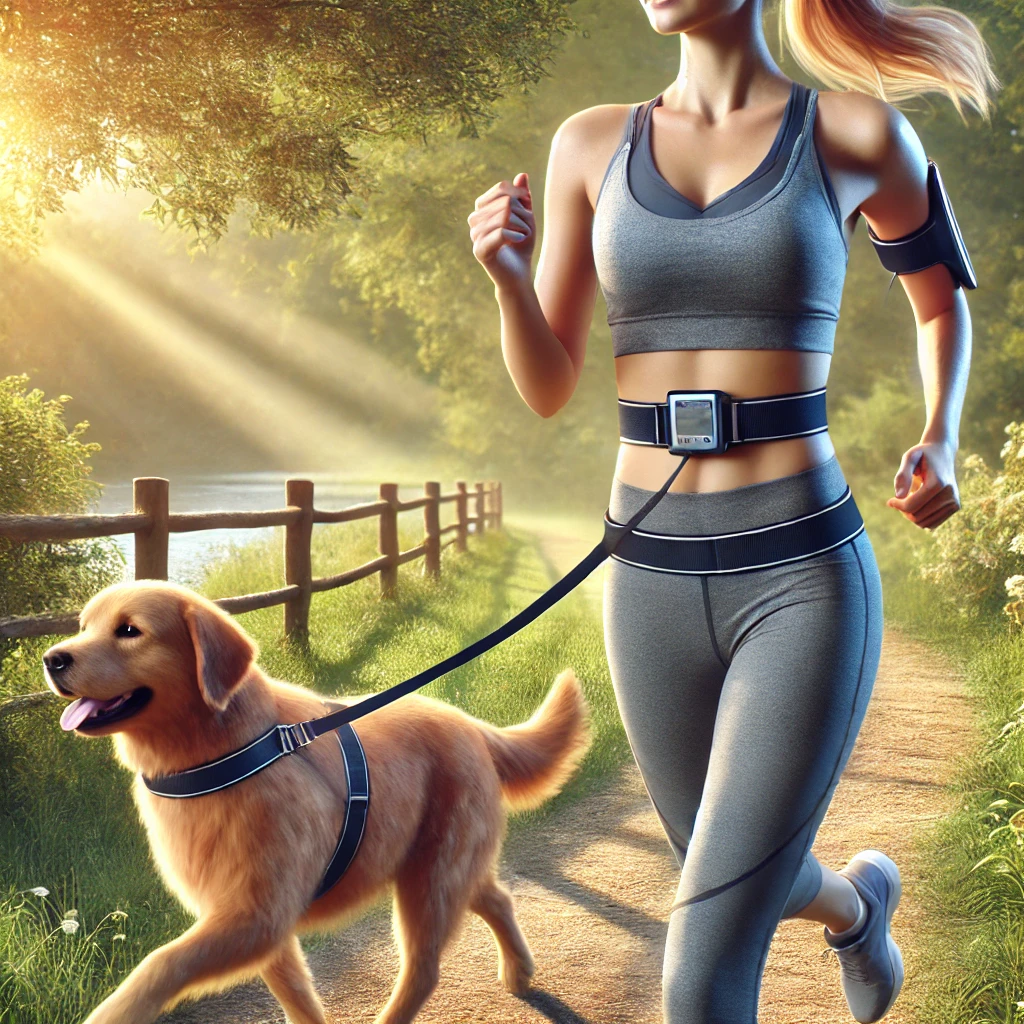Potty training a puppy is one of the first and most important lessons for any new dog owner. While the process can feel daunting, especially in the early days, with the right tools, patience, and consistency, your puppy can learn where to go (and where not to go) in no time.
In this comprehensive guide, we’ll break down exactly how to potty train a puppy, including how long it typically takes, what you’ll need, common mistakes to avoid, and what to do when accidents happen.
Why Potty Training is So Important
Teaching your puppy where to relieve themselves isn’t just about hygiene. It’s about helping them understand boundaries, building trust, and setting the tone for future training. A house-trained dog is a happier, more confident dog—and you’ll be a much happier owner.
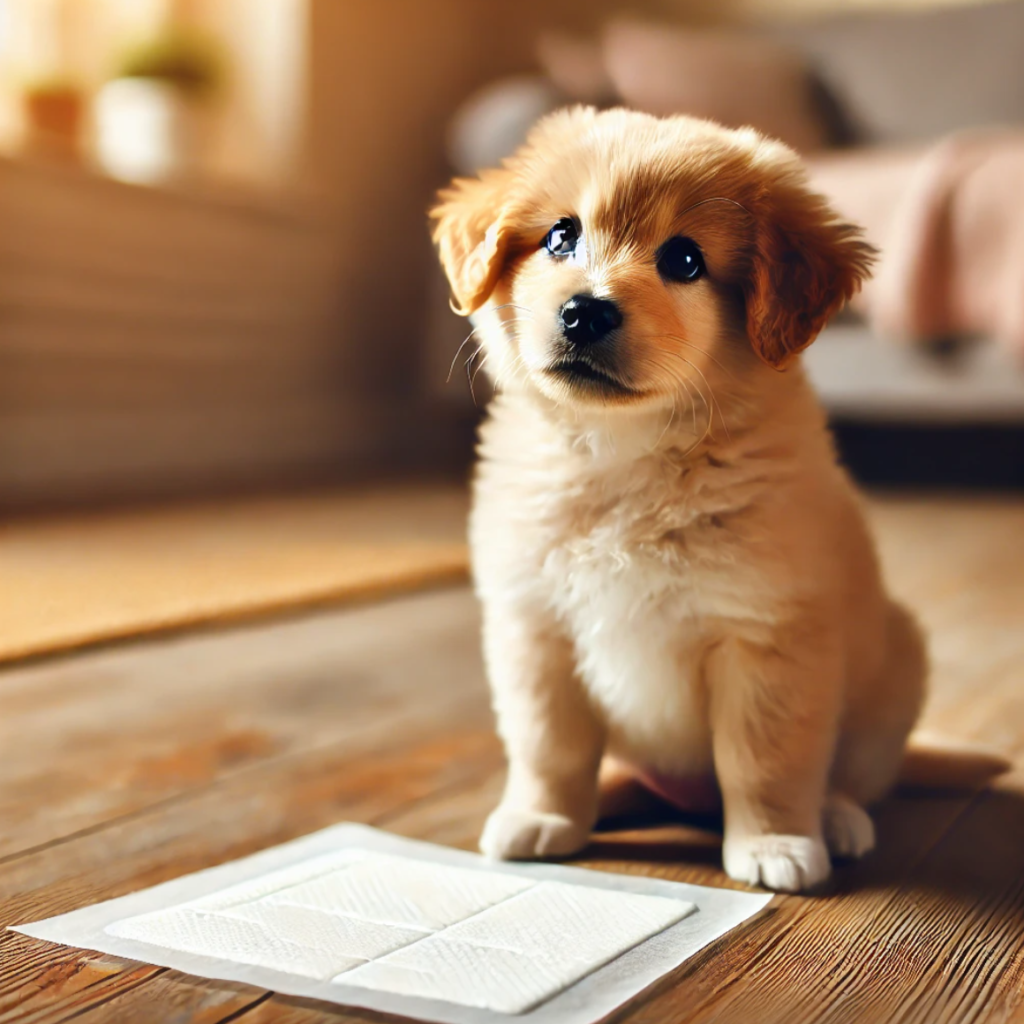
When Should You Start Potty Training a Puppy?
The best time to start potty training is as soon as you bring your puppy home—typically around 8 weeks old. At this age, puppies are old enough to begin learning simple commands and routines.
However, remember that their bladder and bowel control are still developing. Expect frequent potty breaks—every hour or two in the beginning.
Supplies You’ll Need for Potty Training
Before you begin, gather the right tools to set you and your puppy up for success:
- Crate: Helps with supervision and teaches bladder control
- Pee pads: Useful for indoor training and small breeds
- Enzyme cleaner: To clean up accidents without leaving scent markers
- Treats: For positive reinforcement
- Leash: For guiding to the potty spot
- Designated potty area: Whether indoor or outdoor
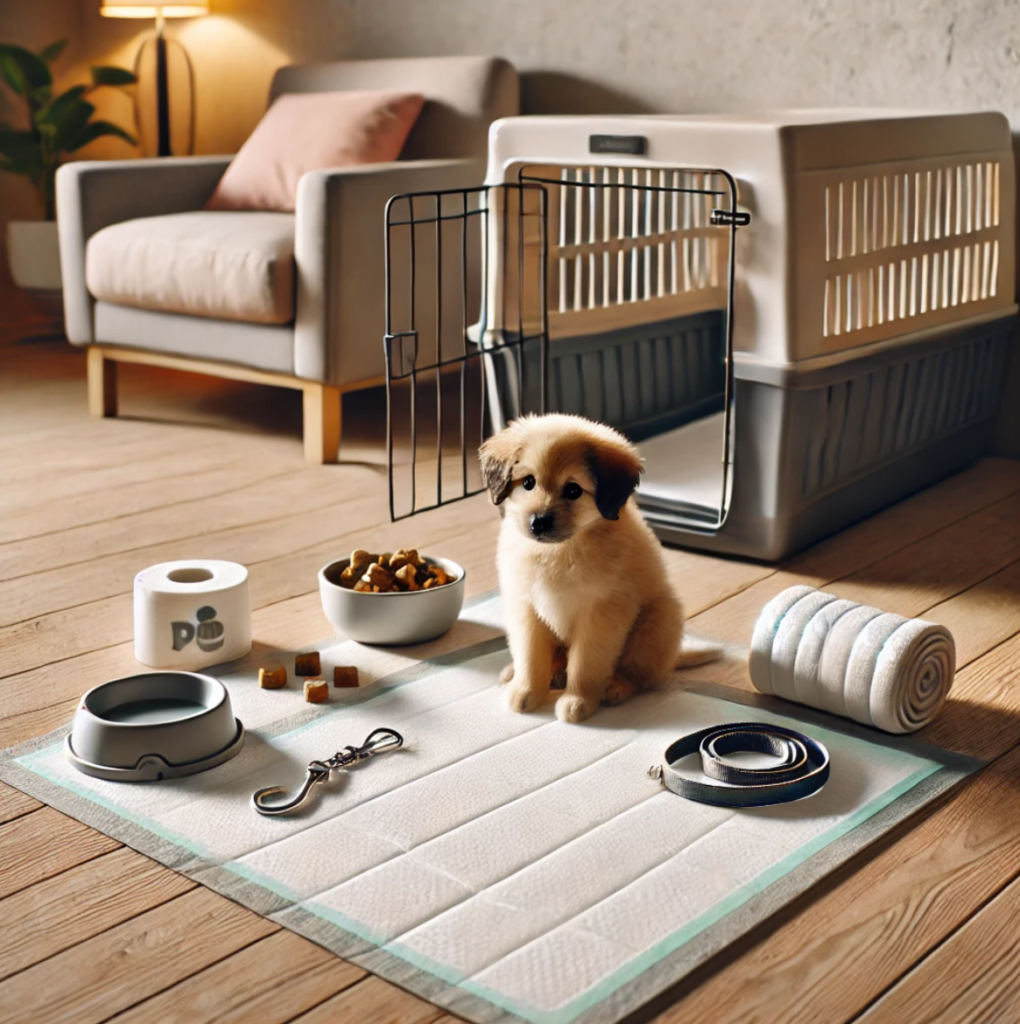
Step-by-Step Guide: How to Potty Train a Puppy
1. Set a Consistent Schedule
Dogs thrive on routine. Feed your puppy at the same times each day and take them out shortly after eating, drinking, waking up, or playing.
Typical Puppy Potty Schedule:
- First thing in the morning
- After meals (within 10–15 minutes)
- After playtime
- After naps
- Before bedtime
- Every 1–2 hours during the day
2. Choose a Potty Spot
Whether it’s a certain patch of grass or a pee pad in a bathroom, pick a consistent location. Lead your puppy there every time, using a cue like “Go potty.”
3. Reward Immediately
When your puppy goes in the right place, praise them excitedly and offer a small treat. Timing is key—reward right after they finish, not after they return inside.
4. Use Crate Training
Dogs naturally avoid soiling their sleeping area. A properly sized crate encourages control and allows you to monitor their habits. Don’t use the crate as punishment.
5. Supervise Constantly
If your puppy is roaming the house unsupervised, accidents will happen. Use gates or keep them leashed to you indoors.
6. Handle Accidents Calmly
When accidents occur—and they will—don’t scold your puppy. Clean the area thoroughly with enzyme cleaner and try to determine what caused the mistake (missed cue? too much freedom?).
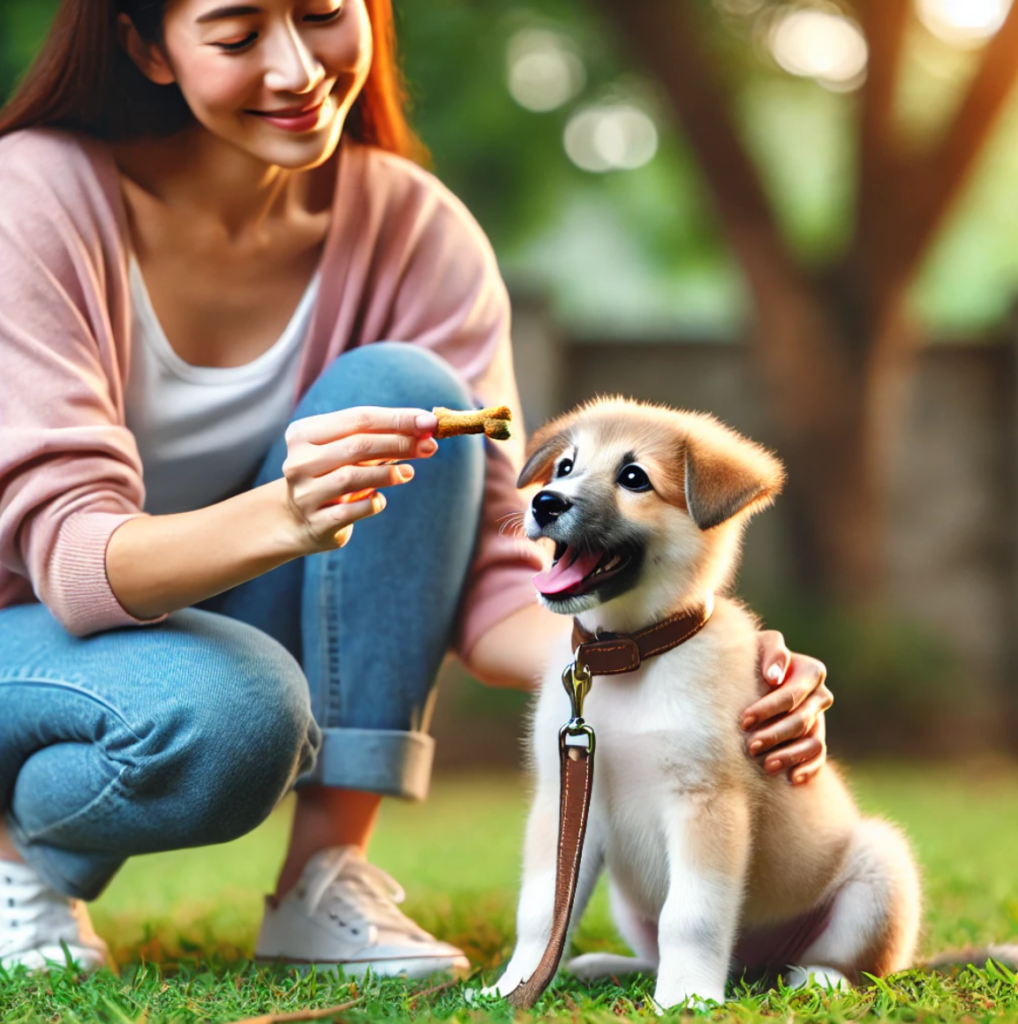
How Long Does Potty Training Take?
Most puppies can be mostly potty trained by 4 to 6 months of age, but it varies. Smaller breeds may take longer due to smaller bladders. Consistency, attention, and early socialisation all influence progress.
Even after initial success, your puppy might have setbacks. Stick to your routine and praise positive behaviour.
Common Mistakes to Avoid
- Inconsistency: Not sticking to feeding and potty schedules
- Punishing accidents: Leads to fear, not learning
- Not cleaning thoroughly: Lingering smells can encourage repeat offenses
- Too much freedom too soon: Puppies earn freedom with reliable behaviour
What If It’s Not Working?
If you’ve been consistent for weeks and your puppy is still having frequent accidents, consider the following:
- Health issues: Urinary infections or parasites can affect control
- Too much water before bedtime: Adjust access to water in the evening
- Inadequate supervision: Are you watching them closely enough?
Consult your vet to rule out any medical problems.
Extra Tips for Faster Potty Training
- Set a phone alarm as a reminder to take your puppy out
- Keep a potty journal to track patterns
- Use command words (“Go potty!”) to create a verbal association
- Avoid puppy pads long-term if you plan to train outdoors
Night-Time Potty Training
Young puppies often need 1–2 toilet trips overnight. Set an alarm and take them out quietly, keeping lights low and skipping playtime. Gradually they’ll sleep through the night as they grow.
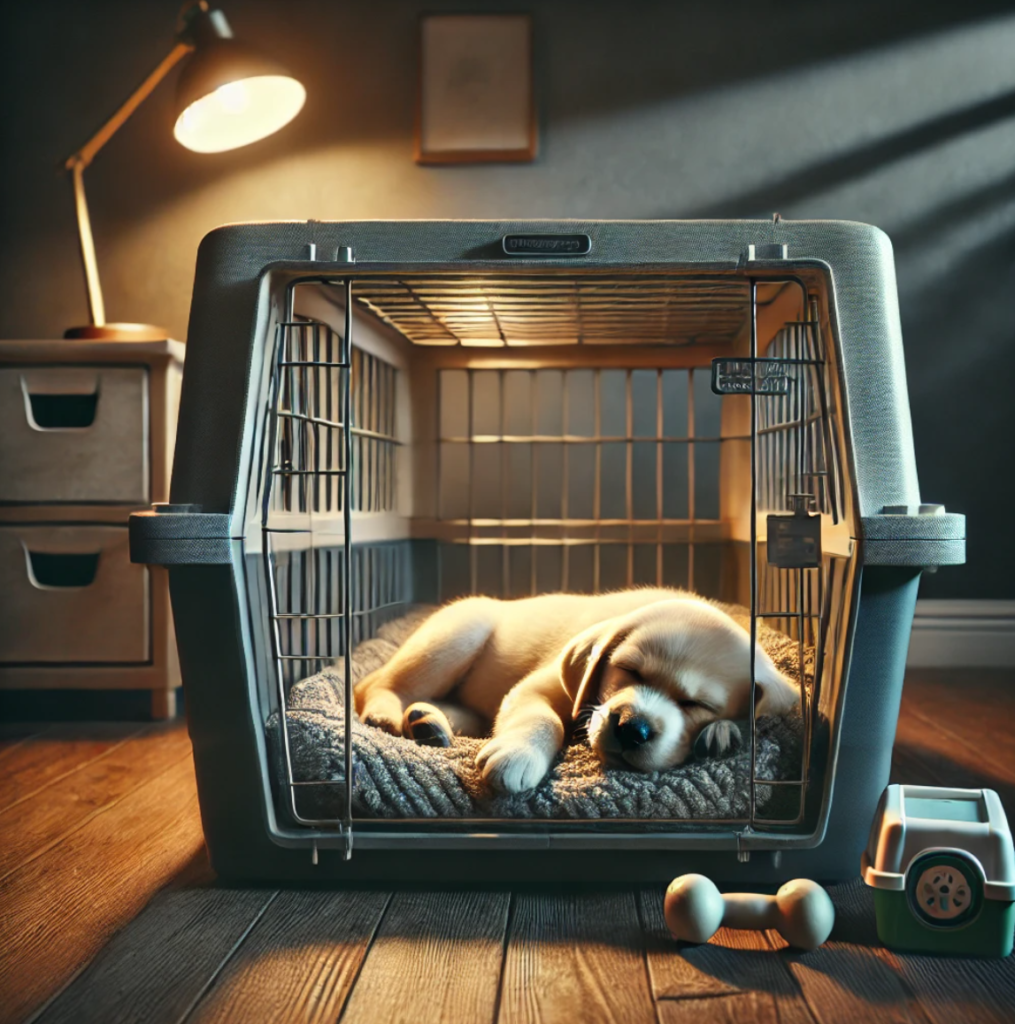
Final Thoughts: Potty Training Takes Patience—But It Works
Learning how to potty train a puppy is a mix of timing, tools, and understanding your pup’s signals. The good news? Puppies want to do the right thing—they just need your guidance.
Be patient, consistent, and positive. Celebrate small wins. And don’t hesitate to ask a dog trainer for help if you feel stuck. Before long, you’ll have a clean home—and a proud, confident pup.
Got a new puppy and need help with crate training or behaviour issues? Check out our recommended training tools and collars at Calmshops.co.uk!

